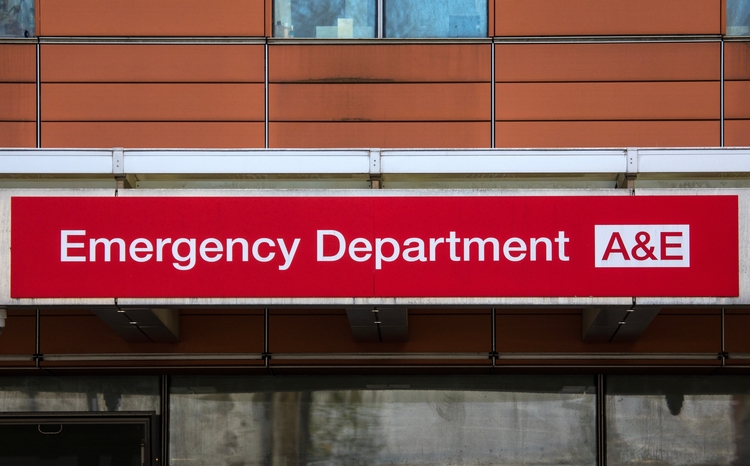Clatterbridge to implement Kainos EDRMS
- 24 September 2010
Clatterbridge Centre for Oncology NHS Foundation Trust has signed a deal with Kainos to implement its electronic document management system alongside its Maxims’ web-based electronic patient record.
Under the deal, Kainos will provide its Evolve product, which has been developed with The Ipswich Hospital NHS Trust and is underpinned by Autonomy Records Management, to improve the use of patient notes across the trust’s sites.
Danny Rowbotham, EDRMS project manager, said: “The nature of our service delivery can often mean patients will attend clinics away from our main Clatterbridge site, in locations throughout the Cheshire and Merseyside areas.
“Although we’re developing a comprehensive EPR system, even the most sophisticated of EPRs can’t cater for all the unstructured data that is generated about our patients.
“As a tertiary centre operating within a cancer network, we receive a large amount of paper-based information from our referring trusts; for example, pathology results from lab service in other hospitals where we run satellite clinics.
“Eventually we plan to receive this data electronically, but receiving ‘unsolicited’ lab results from ten-plus referring district general hospitals will take some time to achieve. EDRMS enables a phased transition to fully electronic records by allowing us to scan in all unstructured, paper-based information via a document imaging/scanning bureau process.”
The trust will start the project this month with the aim of starting a roll-out at the beginning of next year. Tom Poulter, the trust’s head of IM&T, added: “Evolve is the final piece of the EPR jigsaw. It will provide a highly functional electronic version of the full medical notes, integrated with a new version of the core electronic patient record system, Maxims.
“Incorporating Evolve will provide the most comprehensive EPR solution for the trust, with the patient case file accessible alongside treatment scheduling, prescribing, care planning, patient journey management, therapies, clinical documents, order communications and PAS functionality – all integrated seamlessly at the user interface level.”
Poulter added that the trust expects the development to be popular with clinicians. “The EPR and EDRMS complement each other. EPR deals with structured data and EDRMS allows unstructured data to be presented alongside the EPR modules.
“EDRMS is attractive for clinicians as it can be set up to represent the structure of a paper case file and outputs can be stored into it, ensuring that all the information they are used to having in one place is still available and very easy to browse through.
“This approach can reduce the level of change to working practices and the requirement for training, but still achieve all the benefits of digitising patient records.”
The trust sees 7,500 new patients a yaer and generates around 1m pages of patient information. It expects the roll-out of the system to be completed by the end of 2011. All departments will eventually use the system as a document store incorporating everything from invoices, emails and trust policy documents.
Poulter explained: “All clinical user groups will input information into the system and our medical records department will be redesigned, with a group of existing staff trained to run a small, in-house scanning bureau. We are also investigating the option to use external scanning bureau services, possibly with another local trust.”
Deirdre O’Neill, head of the Evolve Healthcare Division at Kainos, said: “We are delighted at this opportunity to work with Clatterbridge Centre for Oncology.
“ To have won yet another major healthcare contract for Evolve, so hot on the heels of our successes at Ipswich and West Suffolk Hospital NHS Trust, is very exciting and further evidence that Kainos has developed something of great value for NHS trusts.”
Clatterbridge conducted an EPR options appraisal last year and opted to extend its contract with Maxims to 2015, on the grounds that the Lorenzo electronic patient record it was due to implement under the National Programme for IT in the NHS was unlikely to deliver the functionality it needed within an acceptable timescale.
Link




